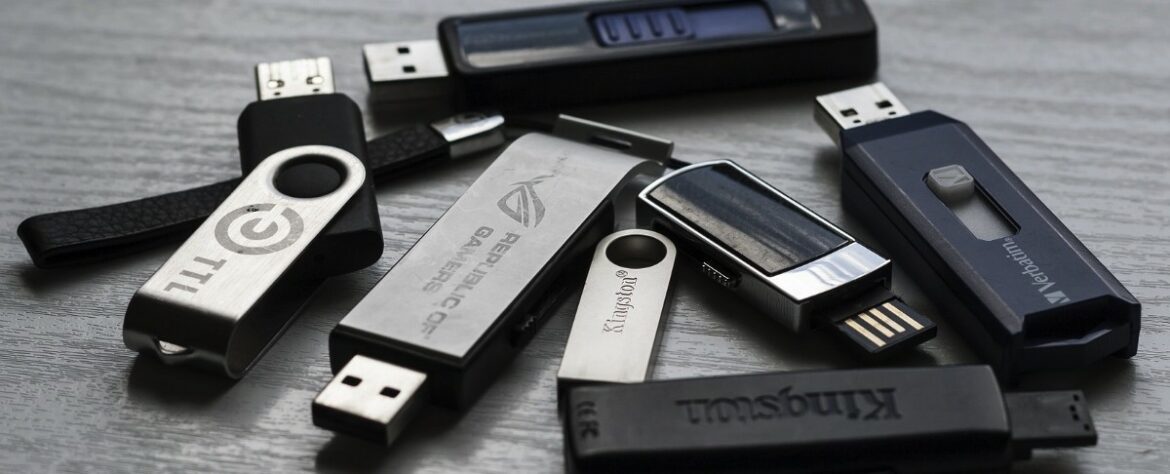With the arrival of the cloud, tiny USB flash drives were once omnipresent, but their popularity has waned. However, these portable devices still have a lot to offer.
Tiny USB Flash drives, also known as thumb drives or memory sticks, are portable storage devices that may be used to back up important images, watch movies on a huge screen, or copy information from one phone or laptop to another.
They’re cheap, small enough to carry on a keychain, and have ever-increasing storage capacity and data transfer rates. After evaluating numerous Tiny USB flash drives, we recommend the following as the best Tiny USB for a variety of applications and budgets.
7 Best Tint USB Flash Drives in 2022
Check out our guide to the best portable Tiny USB capacity drives if you require more than 1 terabyte of storage. One should be considered by buyers who desire a drive that protrudes as little as possible from a tiny usb port. Thumb drives, in general, protrude quite a bit, making them susceptible to being bent if continuously bumped. This could lead to data loss and, in the worst-case scenario, a broken tiny USB port.
Compact drives are designed to be put into a tiny USB-enabled car radio or a notebook as semi-permanent media storage. They can also free up space on the laptop’s lightning-fast SSD for mission-critical work. As a result, a tiny USB drive might be quite useful for those of us who want quick storage expansion.
1. SanDisk Extreme Pro (128 GB)
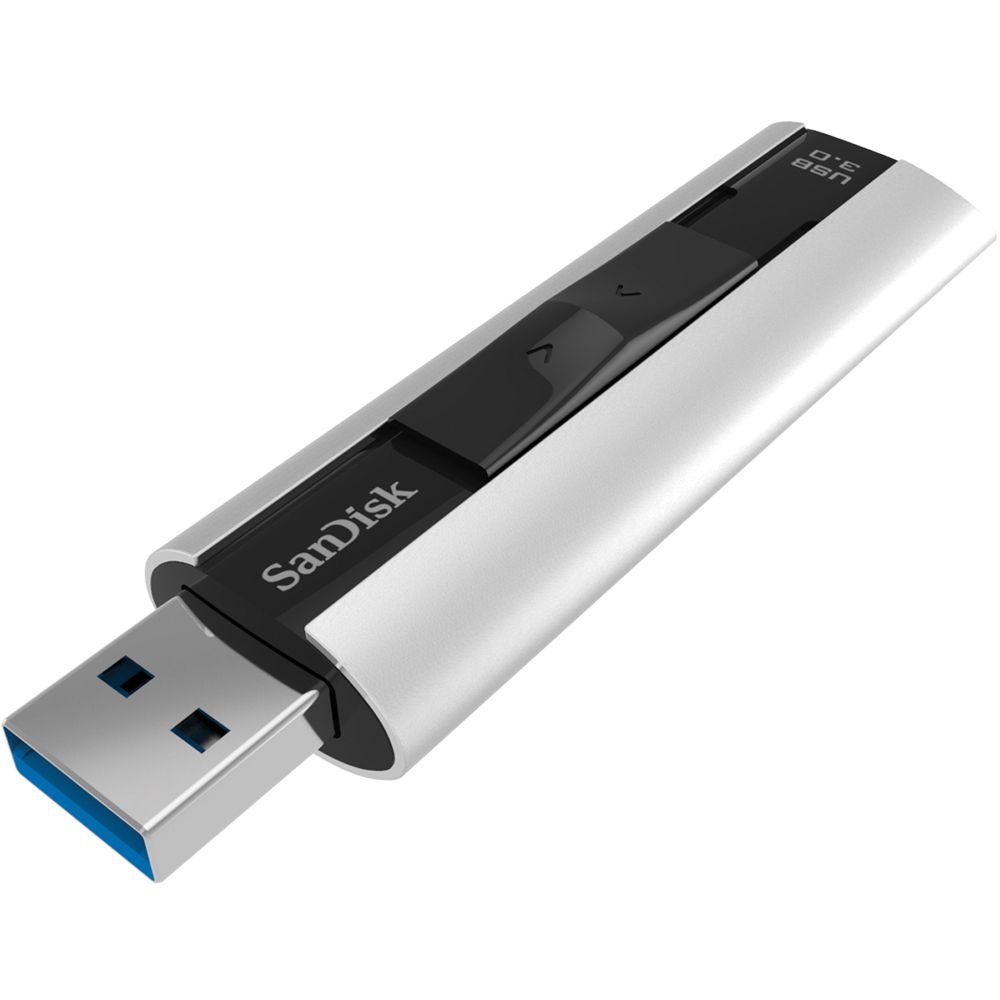
The SanDisk Extreme Pro is the best overall (128 GB). The SanDisk Extreme Pro is hard to beat because it has the best combination of speed, reliability, and price. It comes with a loop for connecting it to a key ring and a sleek and robust aluminum shell. The USB-A plug may be seen or hidden by sliding the plastic slider, which can be done entirely with one hand.
The speeds in our tests matched what SanDisk claims (420 MB/s read, 380 MB/s write), making it excellent for someone who often transfers information between devices. For life, you get a lifetime warranty and can choose from a range of storage options (up to 1 terabyte). The Best USB-C Hard Drive (and the Fastest)
2. Kingston DataTraveler Max (1 TB)
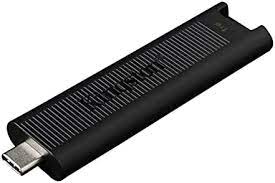
This disc moved all of my Pixel phone’s photos to my laptop so quickly that I thought it had failed. However, when I examined my laptop, everything was in order. It’s a thin plastic drive with a ridged top that lets you slide the USB-C connector in and out. You may attach it to a key ring with a tiny loop at the top.
If you want to back up or transfer files across smartphones, tablets, or laptops with USB-C connections, this is a terrific option. It’s by far the fastest drive I’ve tested (1,000 MB/s read, 900 MB/s write), making it ideal for massive file transfers. Although we’ve linked to the 1-terabyte model, there are also 256- and 512-gigabyte alternatives.
3. SanDisk iXpand Luxe (128 GB)
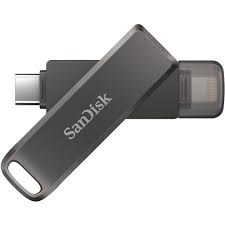
I recommend the iXpand Luxe as a flash drive for backing up and copying images and other things from your smartphone. It contains a Lightning connector for iPhones and iPads on one end and a USB-C connector on the other, allowing you to transfer files between Android smartphones and PCs. It is incredibly compact and features a metal shell with a keychain loop.
This design leaves one plug exposed at all times, and while SanDisk offers an additional plastic cover that snaps on, I’m afraid I’ll misplace it. The maximum amount of storage available is 256 GB. You’ll need to download the iXpand software if you wish to use this drive with an iPhone or iPad (not required for Android devices). It performs admirably, but it isn’t the quickest drive (read speed of 90 MB/s, write speed of 35 MB/s).
The first time I backed up images from my wife’s iPhone, it took a couple of hours. You can set the app to automatically back up images when you insert the drive, which is quite convenient. Your laptop doesn’t have a USB-C port? The iXpand Go ($60), which is quite comparable, is the way to go. On one end, there’s a Lightning port, and on the other, there’s a USB-A socket.
4. Verbatim Pinstripe (256 GB)

The Verbatim Pinstripe is affordable and practical, but it won’t win any races (my testing of the 256-GB drive showed varied write rates of up to 80 MB/s and read speeds a bit quicker), but I like the minimalist design. The USB-A is protected by sliding into the lightweight plastic body, which eliminates the need for a cap, and the other end features a tiny loop for a keychain.
Did I mention it’s inexpensive? You may choose from a variety of sizes, all of which are reasonably priced for their capacity. If you aren’t in a rush to transfer them, this is one of the cheapest ways to carry files with you. There are additional 16-, 32-, 64-, and 128-gigabyte variants available. Just be aware that the older Pinstripe model is a slower driver.
5. Corsair Flash Survivor Stealth (64 GB)

The Corsair Flash Survivor Stealth is the most durable Corsair Flash Survivor available (64 GB). Are you looking for a flash drive with a sturdy case? Corsair’s Survivor Stealth is a formidable opponent. The housing is made of rigid, cylindrical anodized aluminum with ridged rubber coverings on both sides. The drive, which has a regular USB-A connector, has an aperture for a keyring on one end and screws open to show it.
When securely screwed shut, this drive is waterproof to a depth of 200 meters, and the housing is vibration- and shock-resistant. It still works after I put it in a glass of water and had the cat chase it around. Its performance is mediocre (85 MB/s read, 70 MB/s write), so completing a large backup or transferring huge files takes a long time. Its storage capacity is similarly limited, with just 128 gigabytes available.
6. Lexar Jumpdrive Fingerprint F35 (128 GB)
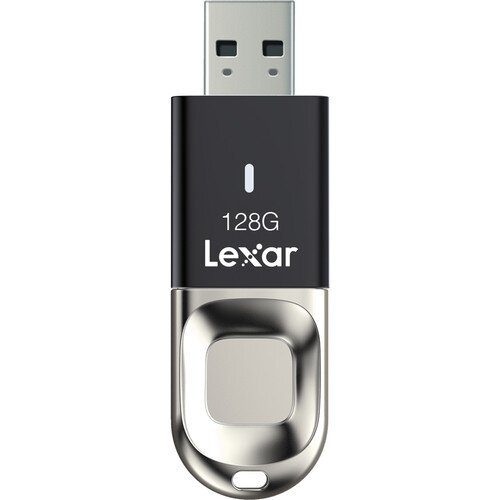
The Lexar Jumpdrive Fingerprint F35 is the most secure Lexar Jumpdrive available (128 GB). There are USB drives with a variety of security features, but this Lexar model has a fingerprint scanner. The drive and scanner’s bodies are made of metal, with a keychain loop at the top and a black sliding plastic cover to protect the USB-A socket. To use the fingerprint scanner, you must have a computer with Windows on it. You can register up to 10 fingerprints with the scanner.
To get to the safe partition, which is protected by the 256-bit AES encryption, I had to put my thumb in a computer and have it scanned. As a bonus, there is also a “public” partition, which can be accessed like any other disc. This means that you can get to some data without having to use your fingerprint. Write rates are poor (150 MB/s read, 60 MB/s write), but read speeds are decent. It comes in 32-, 64-, 128-, and 256-gigabyte capacities.
7. Verbatim Nano (32 GB)
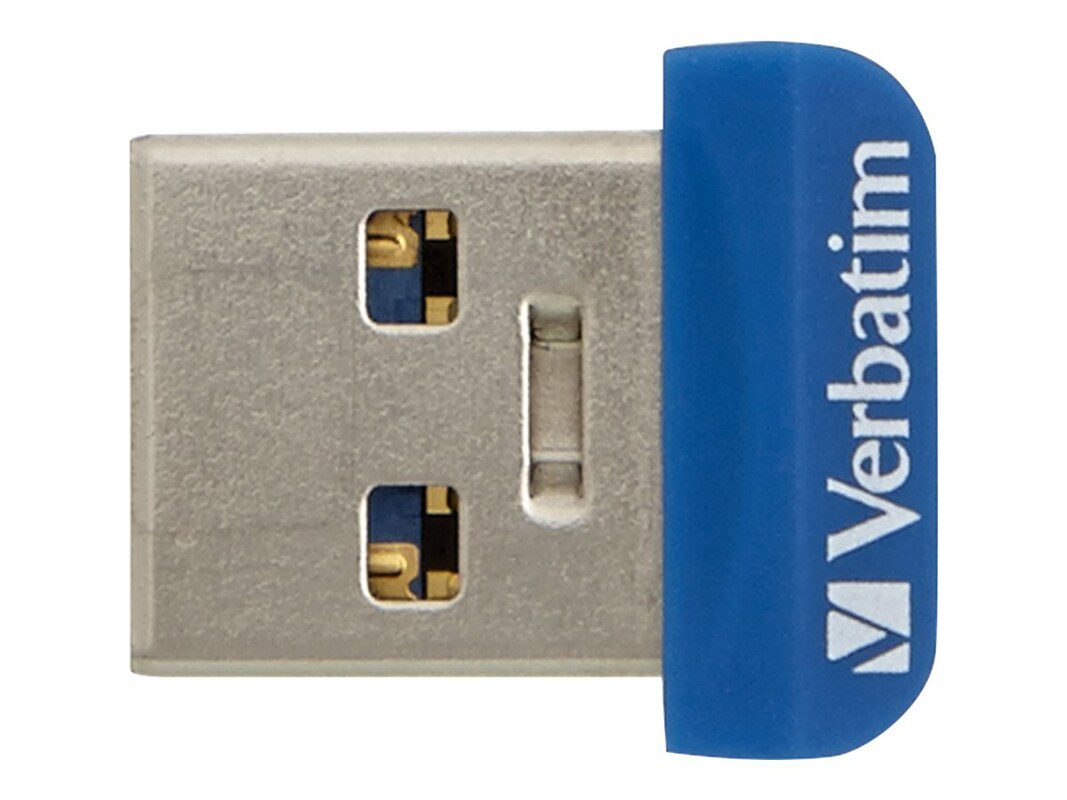
Many drives are hardly larger than the USB-A connector, yet I find them far too easy to misplace. If you require a very tiny drive, though, it doesn’t get much smaller than this. In my tests, Verbatim’s 32 GB Nano performed significantly better than the promised 80 MB/s read and 25 MB/s write rates, but it’s still poor. I appreciate the curved indent since it makes extraction simpler (some of these tiny drives are hard to pull out). The blue finish isn’t really stylish, but it’s simple to see if you drop it, and it’s reasonably priced. Models with 16 and 64 gigabytes are also available.
Best Practices are Driven by Ejecting and Formatting
Before you start using your drive, it’s a good idea to format it. Typically, you’ll be asked to choose a format. The FAT32 format is supported by almost all devices, but it restricts individual file sizes to 4 GB.
- If you have a lot of huge files, exFAT is the way to go. When you format a flash drive, everything on it is entirely erased.
- Here’s how you can accomplish it by hand: Open File Explorer on a Windows machine and look for your disc under This PC.
- Select Format from the context menu by right-clicking on it. You can search for Disk Utility on a Mac or go to Applications > Utilities to find it. Choose your drive from the drop-down menu and then click Erase at the top.
- After that, you may rename the file and select a format. Open Files on your Chromebook and right-click on your disc to select “Format device.” You’ve probably heard about the dangers of removing a drive without first ejecting it.
- However, because there’s a real possibility that your data will be damaged, here’s how to do it properly: Make sure that the Safely Remove Hardware icon on the taskbar says “Eject.” Then, choose “Eject.”
- Type Device Manager into the search box and click to open it if you don’t want to eject it. Expand Disk Drives, right-click on your USB flash drive, and choose Properties, Policies, and Quick Removal from the drop-down menu.
- On a Mac, click the eject symbol next to the drive name in the Finder, or just drag the flash drive picture from your desktop to the trash. Open Files and right-click on your disc, then choose Eject device on a Chromebook.
- On an Android smartphone, you can locate an “Eject” option by opening and expanding the USB notification. There is no eject option on an iPhone or iPad. Before you remove it, be sure no data transmission is in progress. It’s a good idea to shut down the Files app or whichever file-transfer program you were using.
Tips for Getting the Most Out of Your Hard Drive Storage
When searching for USB flash drives, there are a few things to bear in mind, and we also have some suggestions on how to use them. Check the size of the folders or files you want to copy first to figure out how much space you need. Because the device’s firmware demands space, the usable storage accessible to you will be somewhat less than the advertised capacity of each USB drive in our guide.
- Speed: USB standards are always evolving, so we recommend USB 3.0 as a minimum, with higher being ideal. While different USB standards have different theoretical maximum speeds, it’s important to double-check the read and write speeds that each drive’s manufacturer says it can do.
- If you’re primarily transferring data, a drive with fast write rates is a must. If you intend to use the drive to launch the software on a computer (such as a video game), you’ll need a model with fast read rates. While many flash drives will work with any device that has the appropriate connector, it’s good practice to double-check to avoid disappointment. You’ll need USB on-the-go (OTG) capability if you wish to use a drive with an Android handset.
- USB OTG is supported by the majority of Android devices. When you insert a flash drive, you’ll get a message with choices, one of which should be File Transfer. If you’re not sure, you may use the USB OTG Checker app to see if your device is supported.
- Apple’s iPhones and iPads don’t have USB OTG, but you can still use a drive companion app, like SanDisk’s iXpand series.
- Connections: Most flash drives feature USB-A connectors, but USB-C, MicroUSB, and Lightning connectors are also available.
If you want to use a flash drive with both your smartphone and PC, the most convenient option is to choose one that has both sorts of connections. You can also buy tiny USB hubs or adapters with a lot of ports, but be sure to check the compatible standard before you buy them, because this could slow down your data transmission speeds.
For example, this Anker USB-A to USB-C converter is USB 3.0. Keep in mind that tiny USB drives can pose a security risk, especially for organizations, and that you should never connect to any random drives you come across. If you want to keep important data on your flash drive, think about biometric or passcode protection and how much encryption it has. Encryption software is available that allows you to password-protect your contents on any USB flash device.

